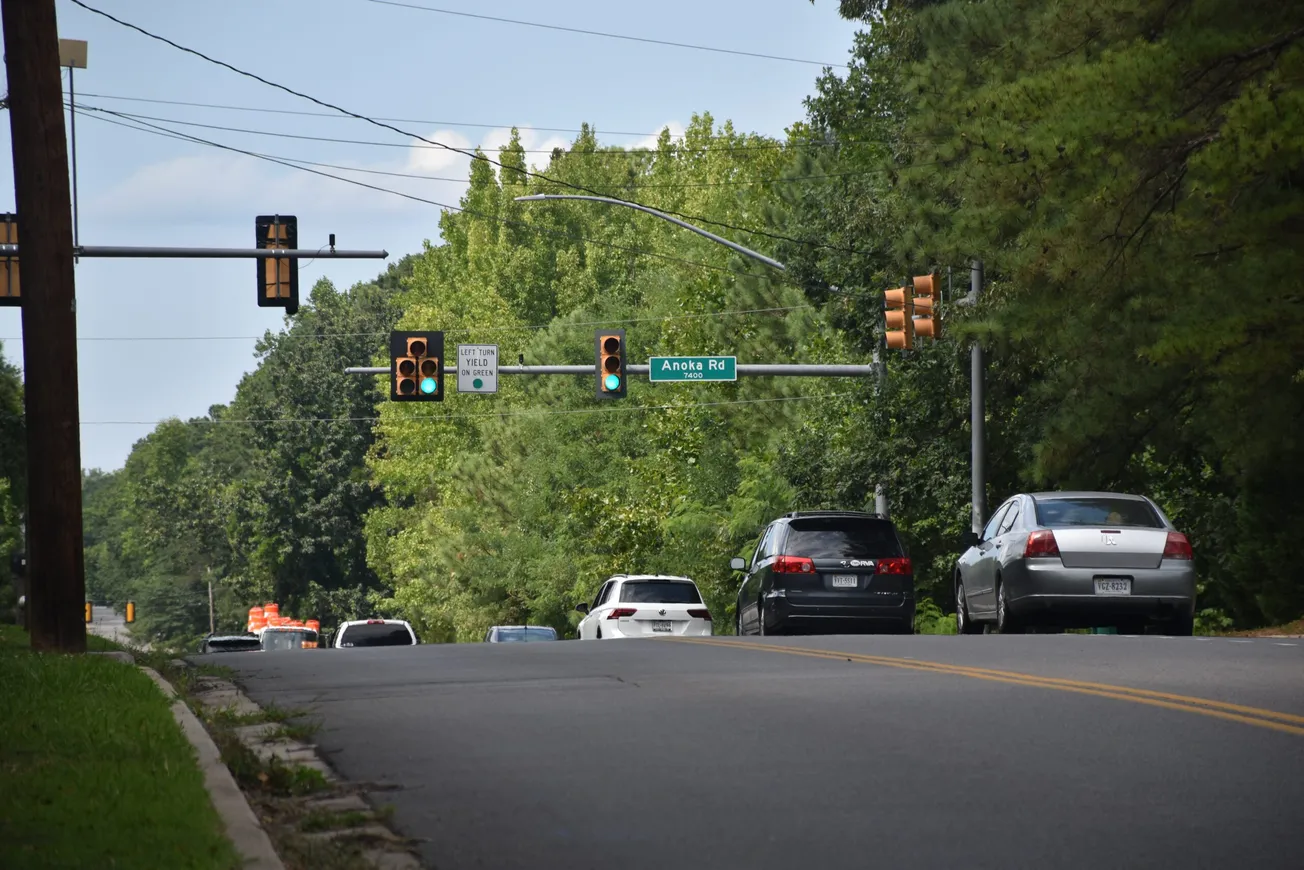Henrico Board of Supervisors — Tuckahoe/Near West End — Community — Top News — Government — Transportation — Tommy Branin — Terrell Hughes — Anoka Road — John Tatum — traffic-calming — mini roundabout
Henrico's changing approach to traffic-calming efforts





